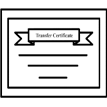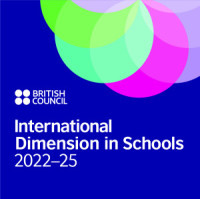Innovative activity based teaching of Phonic Sounds A Workshop
When teachers stop learning, so do students. Jim Knight
The Indian School-Second Shift emphasises on developing strong pedagogical content knowledge and raising the quality of teaching to improve student learning. After all, good teaching is far more about the process than it is about the content!
On the lines of a workshop lead by Ms. Peggy Sood, Former Principal, The American Embassy School, Delhi, the teachers of The Indian School conducted a similar workshop on 30thApril 16. It was attended by TFS teachers of the pre-school and pre-primary classes. Phonics is all about skills for reading and spelling knowledge of an alphabet. The workshop aimed at innovative activity-based teaching of phonic sounds. It stressed on the necessity to have a context before we start a letter and plan lessons in great detail, with activities, to engage the children and enhance effective learning.
[gallery link="none" ids="6703,6704,6705"]
The session began with teachers divided into various groups, all set to engage in different activities using common resources.These included sandpits, paints, fishing magnet, and picture card games amongst others. The teachers demonstrated how letter Bb can be introduced to our early learners through kinesthetic ways. Starting with a story that repeated the letter b sound and then allocating different activities to reinforce the formation and keep the children engaged with a process of self-learning. The teachers then carved a Bb from clay dough; finger painted and traced the same on a paper plate and sandpit, respectively, and later matched pictures of common objects with the alphabet.
Finger painting and tracing the letter over sand helps a child in letter formation. A hand on experience of a tactile material enhances sensory and gross motor skills. Chart matching letter with objects was another form of a recapitulation activity where one can have children match objects with their sounds. Later,when they are robust with the sound system, one can move to mixed bag so children can distinguish between sounds. All these methods were then shared among the various groups present. The idea was to connect children from concrete to abstract; from the unknown to the known. Building this connection makes learning interesting as well helps retaining the concept. Concluding the lesson of the day with a buh bye further helped building a context; something that extends a childs learning at home.
Following from the workshop, TFS teachers incorporated the teaching aids that could be conveniently prepared with resources available in the classroom or at home. Creating these multiple activity corners in class would thus keep the tiny tots engaged while facilitating phonic sounds to be assimilated.
Ms. Kritika Negi.









